Jorge Meira
Neighborhood Features Help Detecting Non-Technical Losses in Big Data Sets
Jul 25, 2017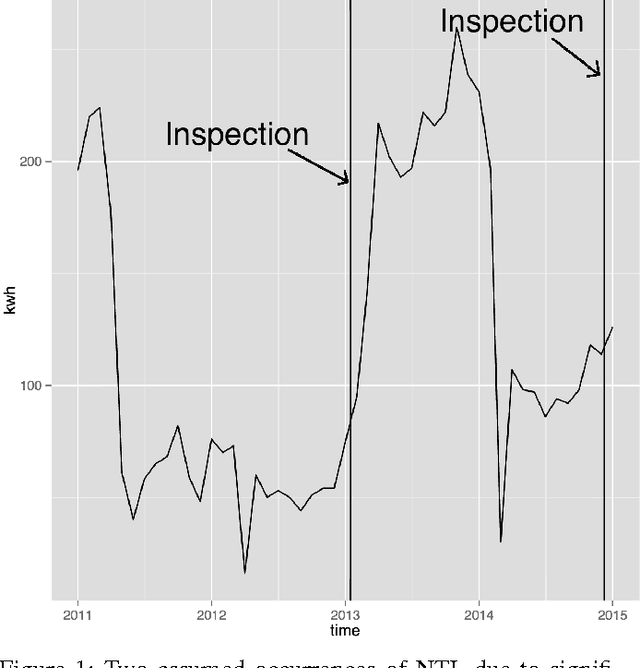
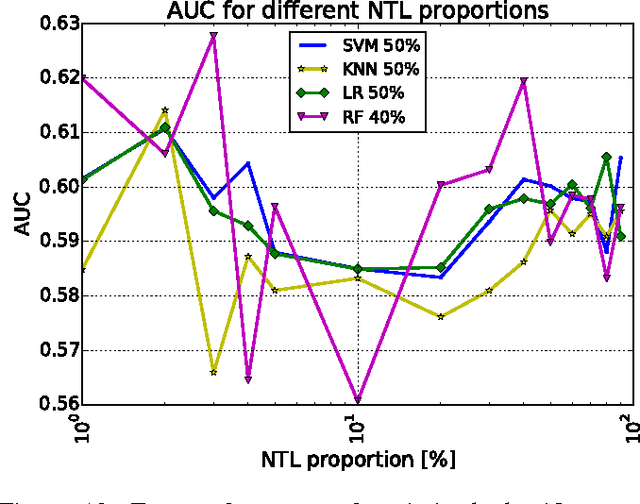
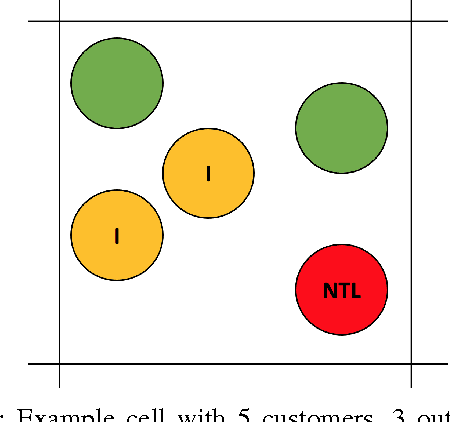
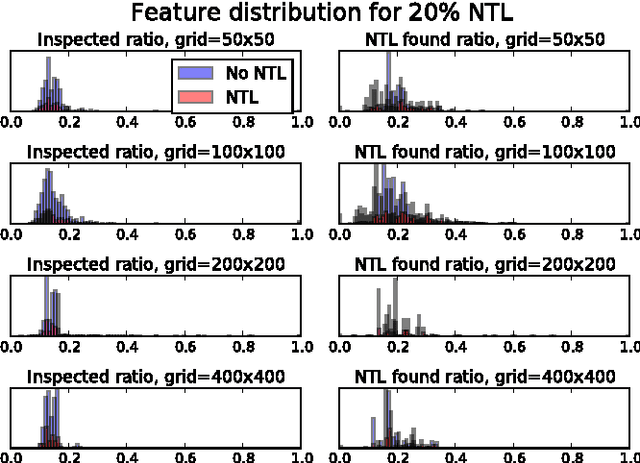
Abstract:Electricity theft is a major problem around the world in both developed and developing countries and may range up to 40% of the total electricity distributed. More generally, electricity theft belongs to non-technical losses (NTL), which are losses that occur during the distribution of electricity in power grids. In this paper, we build features from the neighborhood of customers. We first split the area in which the customers are located into grids of different sizes. For each grid cell we then compute the proportion of inspected customers and the proportion of NTL found among the inspected customers. We then analyze the distributions of features generated and show why they are useful to predict NTL. In addition, we compute features from the consumption time series of customers. We also use master data features of customers, such as their customer class and voltage of their connection. We compute these features for a Big Data base of 31M meter readings, 700K customers and 400K inspection results. We then use these features to train four machine learning algorithms that are particularly suitable for Big Data sets because of their parallelizable structure: logistic regression, k-nearest neighbors, linear support vector machine and random forest. Using the neighborhood features instead of only analyzing the time series has resulted in appreciable results for Big Data sets for varying NTL proportions of 1%-90%. This work can therefore be deployed to a wide range of different regions around the world.
Is Big Data Sufficient for a Reliable Detection of Non-Technical Losses?
Jul 25, 2017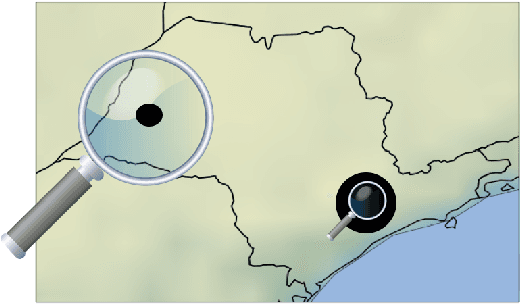
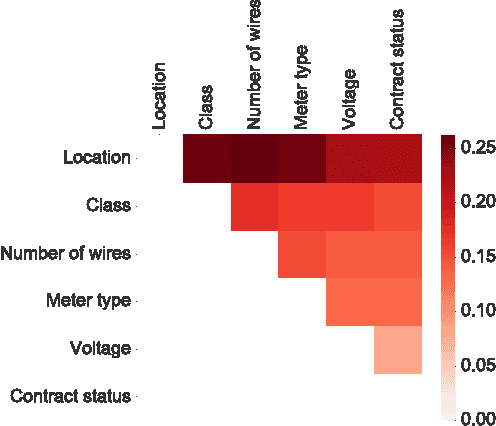
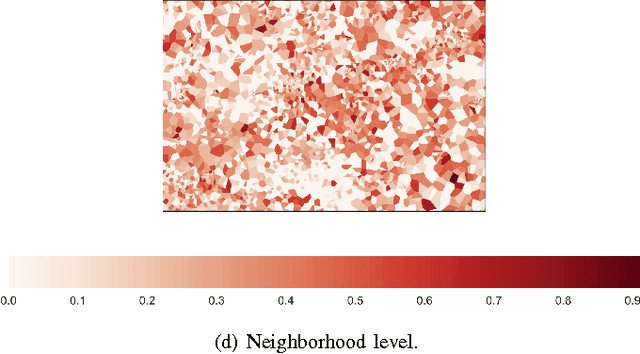
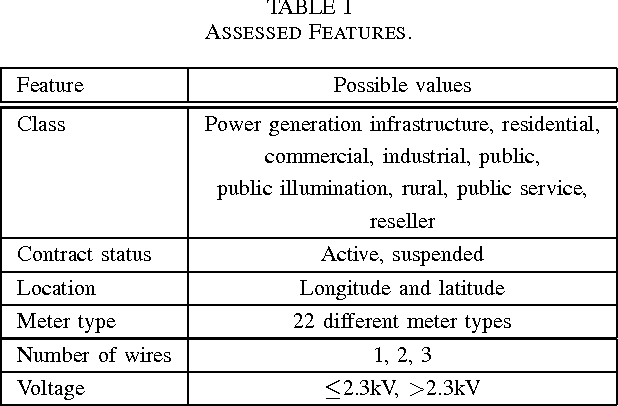
Abstract:Non-technical losses (NTL) occur during the distribution of electricity in power grids and include, but are not limited to, electricity theft and faulty meters. In emerging countries, they may range up to 40% of the total electricity distributed. In order to detect NTLs, machine learning methods are used that learn irregular consumption patterns from customer data and inspection results. The Big Data paradigm followed in modern machine learning reflects the desire of deriving better conclusions from simply analyzing more data, without the necessity of looking at theory and models. However, the sample of inspected customers may be biased, i.e. it does not represent the population of all customers. As a consequence, machine learning models trained on these inspection results are biased as well and therefore lead to unreliable predictions of whether customers cause NTL or not. In machine learning, this issue is called covariate shift and has not been addressed in the literature on NTL detection yet. In this work, we present a novel framework for quantifying and visualizing covariate shift. We apply it to a commercial data set from Brazil that consists of 3.6M customers and 820K inspection results. We show that some features have a stronger covariate shift than others, making predictions less reliable. In particular, previous inspections were focused on certain neighborhoods or customer classes and that they were not sufficiently spread among the population of customers. This framework is about to be deployed in a commercial product for NTL detection.
The Top 10 Topics in Machine Learning Revisited: A Quantitative Meta-Study
Mar 29, 2017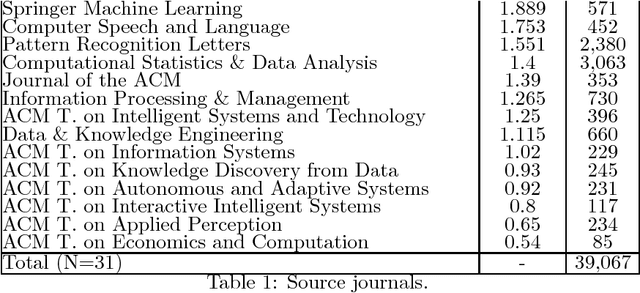
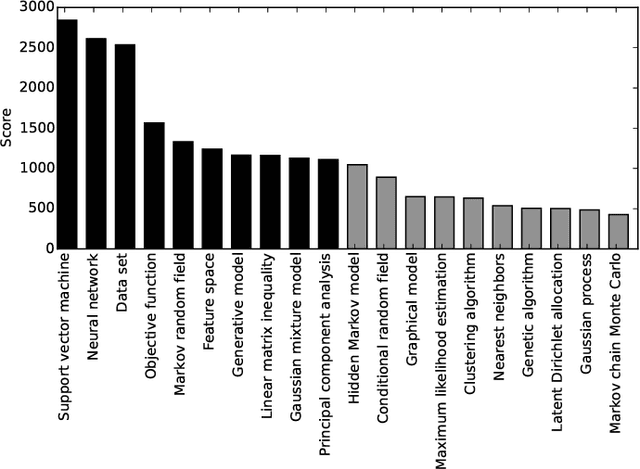
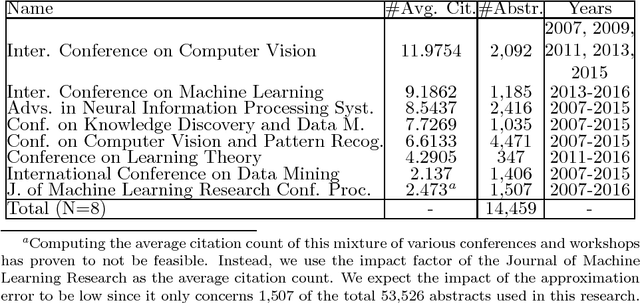
Abstract:Which topics of machine learning are most commonly addressed in research? This question was initially answered in 2007 by doing a qualitative survey among distinguished researchers. In our study, we revisit this question from a quantitative perspective. Concretely, we collect 54K abstracts of papers published between 2007 and 2016 in leading machine learning journals and conferences. We then use machine learning in order to determine the top 10 topics in machine learning. We not only include models, but provide a holistic view across optimization, data, features, etc. This quantitative approach allows reducing the bias of surveys. It reveals new and up-to-date insights into what the 10 most prolific topics in machine learning research are. This allows researchers to identify popular topics as well as new and rising topics for their research.
 Add to Chrome
Add to Chrome Add to Firefox
Add to Firefox Add to Edge
Add to Edge